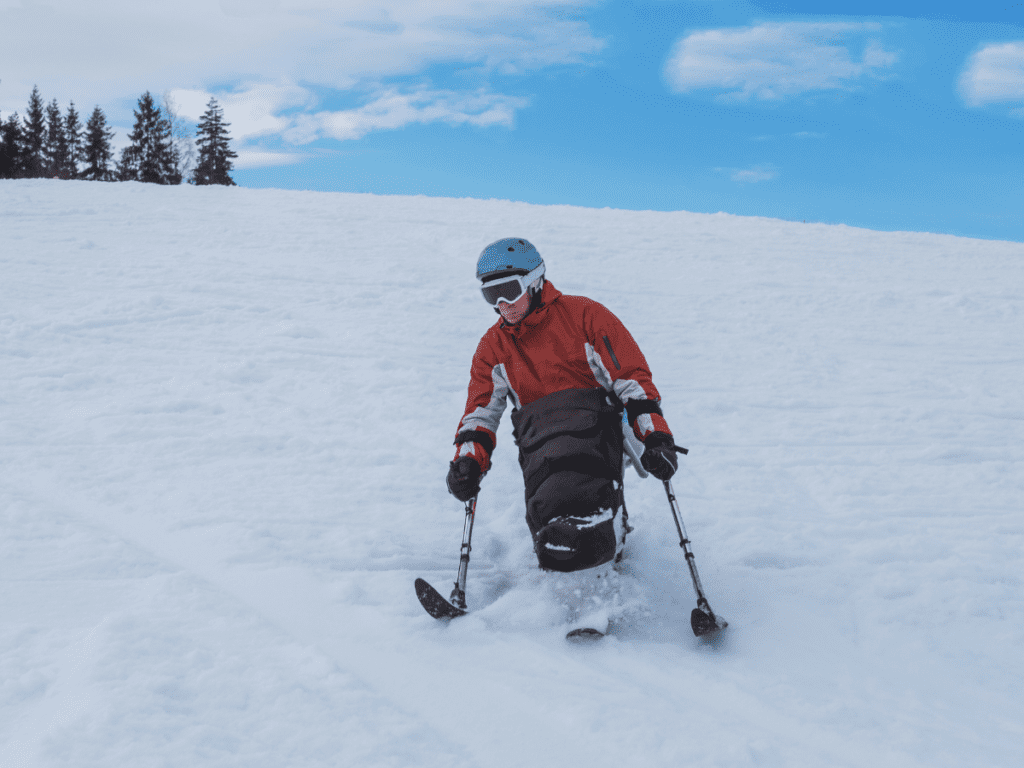Can protective equipment prevent sport-related concussions?
New guidelines recommend custom mouth guards for contact sports
An international panel of leading experts in dental trauma and sport dentistry recommends that athletes in high-risk sports like hockey, rugby, and martial arts wear custom-fitted mouth guards to prevent dental injuries. The guideline highlights the role of coaches, parents, and dental professionals in promoting this simple but effective form of protection.
Choosing the right running shoe
Running shoes can affect running performance and injury risk. Research shows that shoe drop, cushioning, stiffness, and weight needs to be considered based on the runner’s anatomy, gait, and training routine. To optimize running efficiency and minimize risk of injury, shoe biomechanics and individual needs must be considered.
Mouthguard use in youth ice hockey and the risk of concussion: nested case–control study of 315 cases
Can Protective Equipment Prevent Sport-Related Concussions?
What is the role of protective equipment in sport-related concussion prevention?: A review and synthesis of the literature
Concussions and helmets
Participating in leisure-time physical activities (LTPA) contributes to the well-being of people with disabilities

Participating in leisure-time physical activities (LTPA) can boost the well-being of people with disabilities. Unfortunately, they often participate in these activities less than others, especially during winter due to environmental barriers and limited programs. Taking part in adaptive snowsports like skiing or snowboarding can help people with disabilities stay active in the winter. We aimed…
Smooth sailing: The evolution of adaptive equipment in the sport

Brian Cuerrier of Belleville, ON uses the windlass to race at the Quebec Cup regatta in Pointe Claire Quebec with companion Emilie Léonard in 2015. Photo: Luka Bartulovic Innovations in sailing technology A slick white hull cuts through the salt waters just outside the Northwest Arm, a narrow inlet off Halifax, Nova Scotia. The 16-foot…
Technology in sports
Augmented reality (AR) creates an enhanced version of the real world using digital visual, sound, and sensory information. Research shows that AR in sports can assist athlete training by providing visualizations of real-time performance metrics and increasing the accuracy of complex movements through feedback. Interactive scenarios created by AR can also further enhance the viewing…